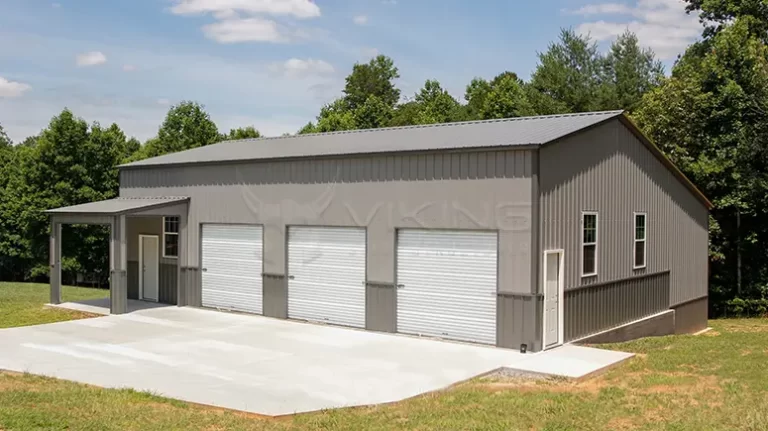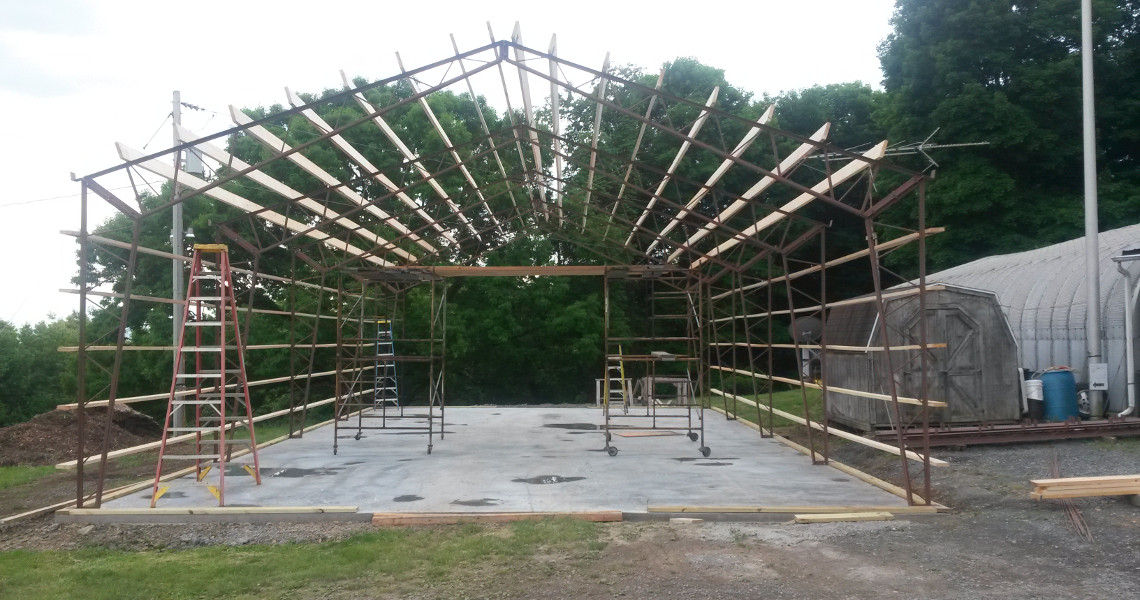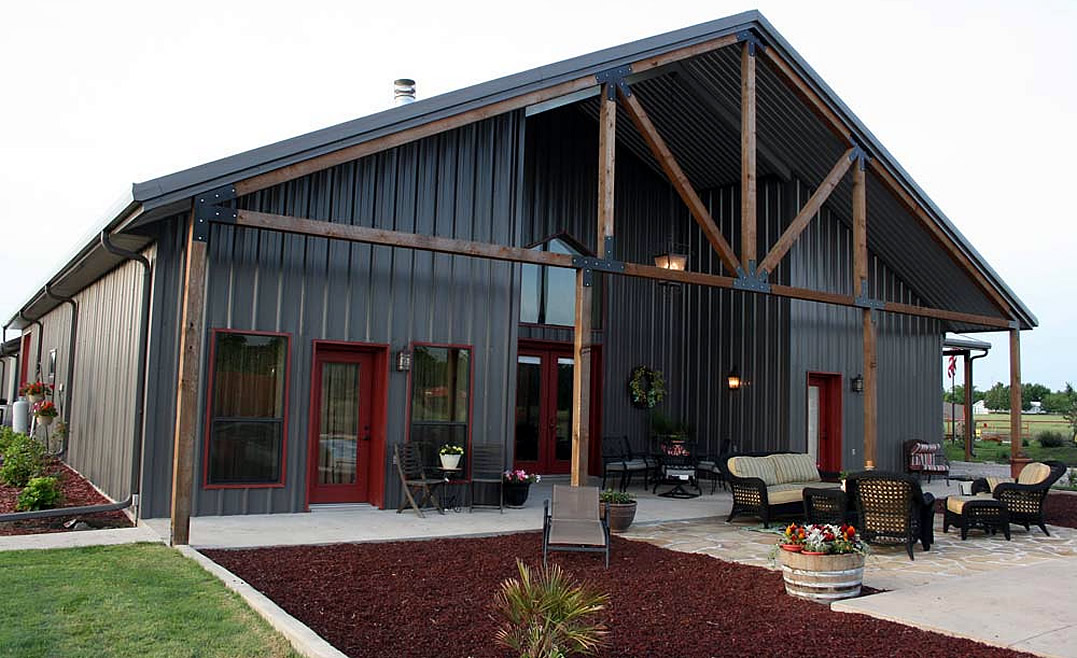Innovative Steel Buildings: Cutting-Edge Designs for Modern Applications
Innovative Steel Buildings: Cutting-Edge Designs for Modern Applications
Blog Article
The Competitive Advantage of Steel Buildings: Why Choose This Superior Option
Steel structures have emerged as an engaging option in the world of building for a multitude of factors. The competitive edge that steel buildings hold prolongs far past their preliminary appeal, making them a recommended choice for those looking for durability and adaptability in their building and construction jobs.
Toughness and Longevity
In the realm of long life, construction and longevity are essential facets that emphasize the worth proposition of steel buildings. Steel is renowned for its effectiveness and ability to hold up against various ecological problems, making it an optimal selection for long-lasting structures. Unlike conventional products like wood or concrete, steel does not warp, crack, or rot gradually, making certain that a steel building continues to be structurally sound for decades.
One key aspect adding to the resilience of steel buildings is their resistance to insects such as termites, which can trigger considerable damage to wooden structures. Steel is likewise non-combustible, lowering the threat of fire damages and increasing the security of occupants. In addition, steel structures require minimal maintenance contrasted to various other construction materials, saving both money and time in the future.
In addition, advancements in steel production modern technology have actually better boosted the long life of steel structures by boosting deterioration resistance and architectural stability. With appropriate care and maintenance, a well-constructed steel building can last more than half a century, giving a reliable and durable solution for numerous building and construction requirements.
Cost-Effectiveness
With its countless economic advantages, steel as a structure material supplies an engaging cost-effective remedy for different construction tasks. The cost-effectiveness of steel structures stems from numerous crucial elements. To start with, the preliminary cost of steel might be higher than some typical materials, but the long-lasting financial savings are significant. Steel frameworks require minimal maintenance, reducing repair service and replacement expenses with time. Additionally, steel is highly sturdy, which translates to decrease insurance policy premiums due to reduced risk of damage from components such as fire, pests, and natural calamities.
Additionally, the building and construction process with steel is faster and a lot more effective contrasted to other materials, resulting in minimized labor prices and earlier project conclusion. Steel buildings are likewise energy-efficient, enabling for financial savings on heating and cooling costs. The versatility of steel allows for simple growth or adjustment, reducing future building and construction costs by eliminating the requirement for substantial improvements. Overall, the cost-effectiveness of steel buildings makes them a smart financial investment for various construction needs.
Convenience in Layout
The flexibility of steel as a structure product permits for a wide range of ingenious design opportunities in building jobs. Steel buildings provide exceptional adaptability in design, making them a preferred option for builders and engineers. One of the key advantages of steel is its strength-to-weight proportion, which enables the construction of huge, open areas without the need for too much support columns. This structural efficiency enables innovative and modern layouts that may not be feasible with various other building products.
Steel's adaptability also permits customization to satisfy specific style needs. Whether it's curved roofing systems, intricate exteriors, or one-of-a-kind geometric shapes, steel can be formed to bring basically any layout concept to life. Furthermore, steel structures can be easily expanded or customized, supplying future adaptability for adapting to altering demands.
Its longevity and resistance to deterioration guarantee that steel buildings preserve their aesthetic charm and architectural integrity for years to come. Eventually, the versatility of steel in design not just boosts the aesthetic allure of buildings yet also contributes to their longevity and performance.

Lasting Building Practices
Building upon the foundation of flexibility in layout, lasting construction techniques in steel structures play an essential role in mitigating ecological influence and promoting long-term environmentally friendly services. Steel is a highly lasting material due to its recyclability and longevity. When steel buildings reach the end of their lifecycle, the steel elements can be reused and used in new building and construction jobs, decreasing the need for raw materials and minimizing waste. In addition, the energy performance of steel buildings contributes to sustainability initiatives. Steel structures can easily accommodate insulation, solar panels, and other energy-efficient attributes, decreasing power consumption and operational expenses gradually. This Read Full Report not just benefits the environment however likewise gives long-lasting expense savings for structure proprietors.

Quick Construction Timeline

In addition, the structured process of erecting steel structures decreases construction time dramatically. The simpleness of steel building design and the convenience of assembly add to faster job completion, making it a perfect choice for customers with time-sensitive needs (steel buildings). In addition, the capacity to work on different components concurrently, such as website prep work and structure construction alongside steel construction, further increases the overall construction timeline
Verdict
To conclude, steel buildings supply a competitive benefit because of their sturdiness, cost-effectiveness, versatility in design, lasting construction methods, and rapid building timeline. These aspects make steel structures a superior option for different building and construction tasks, supplying long-term advantages and worth. Selecting steel structures can cause boosted performance, performance, and sustainability in the building market.
Unlike typical products like timber or concrete, steel does not warp, split, or rot over time, ensuring that a steel structure continues to be structurally sound for years.
The flexibility of steel as a structure material enables for a large array of ingenious design possibilities in building tasks.Structure upon the structure of flexibility in style, sustainable building and construction practices in steel structures play an essential function in mitigating ecological influence and promoting lasting environmentally friendly remedies. When steel buildings get to the end of their lifecycle, the steel elements can be recycled and made his response use of in brand-new building projects, reducing the demand for raw products and decreasing waste.In verdict, steel structures offer a competitive advantage due to their durability, cost-effectiveness, flexibility in style, lasting building methods, and rapid building timeline.
Report this page